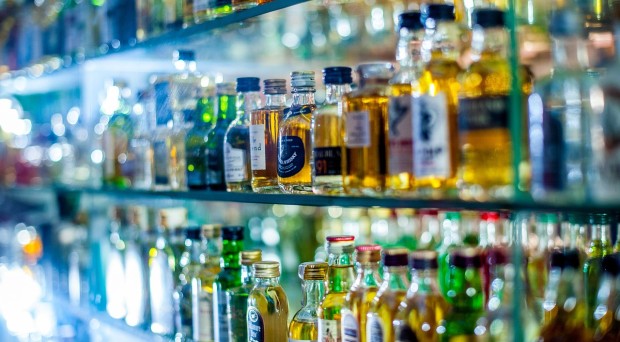
How much did you drink last week? That might seem like a simple enough question – until you try to answer it.
First, recall correctly the number of days on which you drank. Next, count how many drinks you actually had on each day (was it two or three pints in the pub last Friday?). Then, if you – like most people – do most of your drinking at home, guess at what size the drinks you poured yourself were. How large was that glass of wine you had with dinner last Wednesday? How strong was the beer in that bottle? 3.7%? 4.5%? 6%?
If you have any self-conscious concerns about how much you drink, or how you might appear to your interviewer, you may – without really meaning to – scale those estimates down a little.
And what if last week was quiet, with a few evenings spent catching up on work and a Saturday night plonked in front of the telly dozing off? The week before – when you went to that wedding? Now there’s a different story.
All these factors combine to produce a well-known problem. In the UK, if we estimate the amount we drink across the population by extrapolating from national surveys, the figure usually comes out at around 40% less than the amount of alcohol that, according to sales data, we actually purchase.
These ‘missing units’ are not easily explained away. Some are caused by storage and spillage, but the amount of alcohol tucked away in cellars or spilt on the carpet is only a drop in the ocean of drink that remains invisible using standard methods.
New research, funded by Alcohol Research UK and published in BMC Medicine, sheds light on this problem. Using novel survey tools, researchers at Liverpool John Moores University focused not only on broad ‘quantity / frequency’ questions (such as ‘how much do you drink in a typical week’), but on asking how much people drank on particular occasions such as holidays and special events, and by probing periodic shifts: how different are the weekends, or are some months ‘drier’ than others?
In doing so, they emphasized the reality that drinking, while often routine, is more usually a matter of peaks and troughs, in which periods of fairly low consumption are interspersed with episodes – Christmas, for example – where our drinking shoots up.
The research found that when questions invite respondents to reflect on episodes and special occasions in this way, the amounts they recall consuming are generally higher overall, and the subsequent population estimates are much closer to the sales figures.
Using this method adds, on average, the equivalent of about 12 million bottles of wine to estimated weekly consumption in England, and covers about 40% of the units that are missing in routine surveys.
This research not only highlights how patterns of consumption shape the overall amount we drink, but it reminds us of the importance of measuring drinking trends in ways that reflect their varied, episodic and seasonal nature. It is only by paying attention to this variability, and by moving away from seeing consumption statistics as a matter of smooth curves that move neatly across whole populations, that we can really get to grips with the how, when, and where of drinking.
One Comment